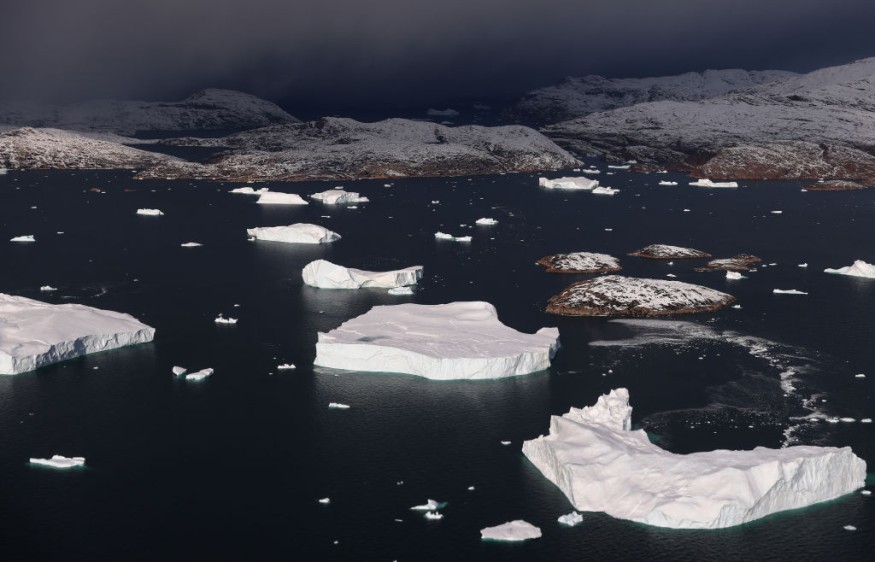
The Greenland Ice Sheet is shrinking faster than ever, causing rising sea levels and disruptions to global weather patterns, according to groundbreaking satellite data.
The findings, published in Geophysical Research Letters, reveal that between 2010 and 2023, the ice sheet thinned by an average of four feet, with some areas losing up to 250 feet in thickness.
CryoSat and ICESat-2 Combine Forces to Monitor Greenland's Melting Ice
Scientists have pinpointed the alarming rate of ice loss using advanced measurements from ESA's CryoSat and NASA's ICESat-2 satellites, Earth.com said.
By combining radar and laser technologies, the missions provide an unprecedented view of the ice sheet's changes.
Researchers from the UK Centre for Polar Observation and Modelling (CPOM) confirmed that these tools offer a reliable and detailed understanding of the melting ice, agreeing on data within a 3% margin.
CryoSat uses radar to measure ice through clouds, while ICESat-2 relies on lasers to map the ice's surface. Together, they capture a more comprehensive picture than ever possible with a single mission. These advancements allow scientists to monitor snow depth, ice volume, and thinning trends with extraordinary precision.
The ice sheet's rapid decline is concentrated in its ablation zone, where summer melting outpaces winter snowfall. The worst losses occurred at Jakobshavn Glacier in the west and Zachariae Isstrøm in the northeast, where thinning reached up to 220 and 250 feet, respectively.
In total, the ice sheet lost over 7,700 cubic feet of volume during the 13-year period—an amount comparable to Africa's Lake Victoria.
Greenland Ice Melt Threatens Global Sea Levels and Ecosystems
According to ESA, Melting ice in Greenland has profound consequences for the planet. As glaciers break apart and flow into the ocean, sea levels rise, threatening coastal communities worldwide. Freshwater from the melting ice also disrupts ocean currents, altering weather systems and ecosystems globally.
Local wildlife, including polar bears and seals, struggles to adapt as ice-dependent habitats shrink. For Greenland's people, melting glaciers disrupt traditional fishing and hunting practices, highlighting the far-reaching impact of the ice sheet's transformation.
The collaboration between CryoSat and ICESat-2 demonstrates the importance of international partnerships in addressing climate challenges.
Their synchronized data offers critical insights for policymakers and scientists, enabling better planning for coastal infrastructure and global climate adaptation.
The study underscores the urgent need for action, emphasizing that accurate data on ice loss is vital for preparing for climate change's effects. With continued monitoring, ESA and NASA aim to provide the tools necessary to safeguard communities and ecosystems in a rapidly changing world.
© 2025 NatureWorldNews.com All rights reserved. Do not reproduce without permission.





